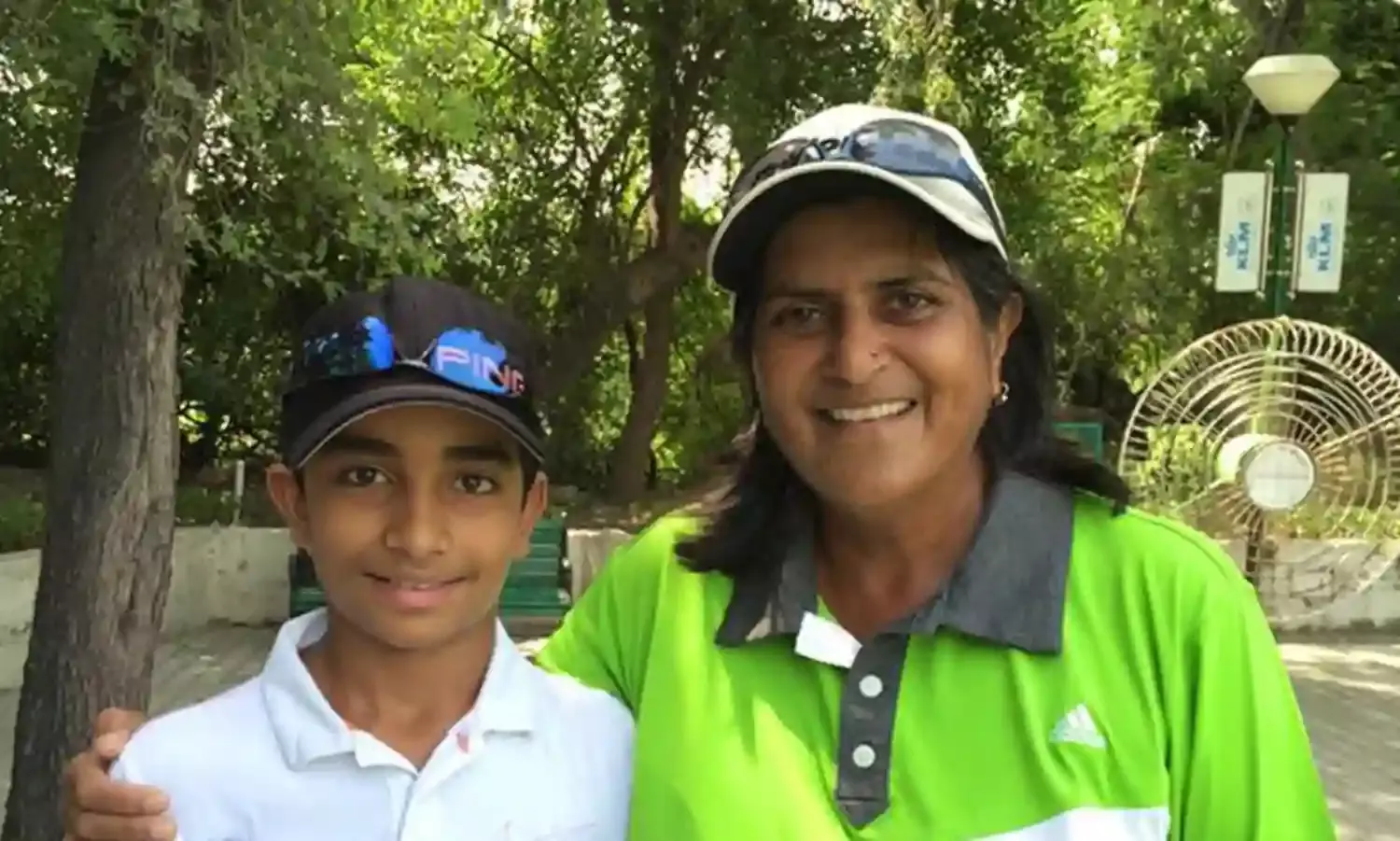‘Coaches Would Often Misbehave With and Harass Women Players’
Gendered inequality in Sports: An interview;

The sporting arena has always been dominated by men; sports remain a “male” domain. Gender disparities are blatantly visible in the sports industry. While we are less surprised today that women are carving a niche for themselves as international and national sportstars, in many cases they are simply not allowed to play or compete in the field.
To better recognise the efforts of women who cut the weeds for today’s girls to venture into sports, The Citizen interviewed veteran golfer Nonita Lall Qureshi and Devender Bhardwaj, a sports coach at Delhi’s Greenfields School, on the challenges they faced when they started out and how the situation is different today.
Lall’s father was a golfer and she grew up around the game. “I played sports pretty much my whole life. I couldn’t continue with basketball which was my main sport in school so when I came to college I switched to golf.” In those days women who played golf were much older, about 40 or 50. Lall was considered very young when she entered the sport.
While Lall’s father was supportive of her playing sports, Bhardwaj, who started playing at age 16 and is a trained athlete and javelin thrower, had to oppose her parents. “My parents did not support me. My PE coach however was very supportive. He tried to convince my parents to let me play because I always won medals for the school.
“My mother told me sports are not meant for girls - a woman has to take care of the house and eventually get married. It was hard convincing them but my parents finally agreed to send me to Gwalior to study PE,” said Bhardwaj.
Forty years back one couldn’t simply walk into a store and buy sports equipment. Lall described how “in those days, there was nothing available in the country. All equipment had to be imported from overseas. An import duty was levied on everything which made the gear super expensive. If you needed to avail of government subsidies, there were long procedural delays.”
There was also a lack of trained coaches in those days. According to Bhardwaj, “There was no female coach. All the coaches were male. My parents were not comfortable sending me outside for tournaments because there wasn’t any female coach or physiotherapist to accompany the team.”
In fact, Lall added, “We did not have any trained coaches in the country, let alone female coaches. My father taught me how to play. Later on I read up on the sport and practised on my own. That’s how I learnt.”
The lack of female coaches remains a huge hurdle for women in sports. “Coaches would often misbehave with and harass women players,” Bhardwaj said, “but they wouldn’t complain to anyone because they were afraid of not being allowed to play any longer.
“Even today most coaches and physiotherapists are men. Sure a lot of women are coming forward to play sports but they are so few in number when compared to men,” she said.
A positive aspect of this, Lall remarked, was the low pressure on women to perform in the field. “There were only a handful of women playing the sport, so there was no pressure on the golf course!”
Commenting on the present sports scenario, Bhardwaj pointed out the lack of media coverage given to women sportspersons, “Women fought for their rights and now finally they can be seen in international competitions - but they still don’t get enough media coverage. People only know 3 or 4 names: PV Sindhu, Sania Mirza, Saina Nehwal, Mary Kom, no one other than these.”
As a schoolteacher Bhardwaj also sees how academics takes precedence over sports. “Even after 30 years of coaching, whenever I put together a girl’s team parents don’t agree to send them for outstation tournaments. They say their academics will suffer, for them studies come first.”
Societal barriers such as these have remained constant over the years, Lall observed. “People are not okay with women playing sports. They say things like, ‘You’ll get dark, who will marry you, eventually you have to take care of the house, etc.’ By and large this issue still persists - but it’s gotten better than what it was 40 years ago.”
Bhardwaj agreed, adding that people’s mentality needs to change. “Today, after seeing women play international sports, parents have become more aware and are encouraging their daughters to play - but in backward areas still many parents don’t want their daughter to play because they feel she’ll become tan and no one will marry her.”
But in the sports sector itself things have become much better, both Bhardwaj and Lall agreed. “Quite a lot of women are now playing professional sports, and the pressure to perform has increased a lot,” said Lall. “But there are a lot more facilities available. Our golf union enabled us to import equipment free of duty. Properly trained female coaches are available today, to teach the game.”
“The game of golf recognises that there are physical differences between men and women. Men are able to hit the ball way further than women and the course is set up accordingly,” Lall told The Citizen.
Bhardwaj also mentioned these lowered barriers: “Government subsidies and funding are available, and sports equipments can be bought at a reasonable cost.”
When asked how things can be improved further, Bhardwaj said, “There are no women’s sports academies. Or there are so few that people don’t know about them. If women were allowed to play in a safe environment, probably parents would be keener to send them.”

